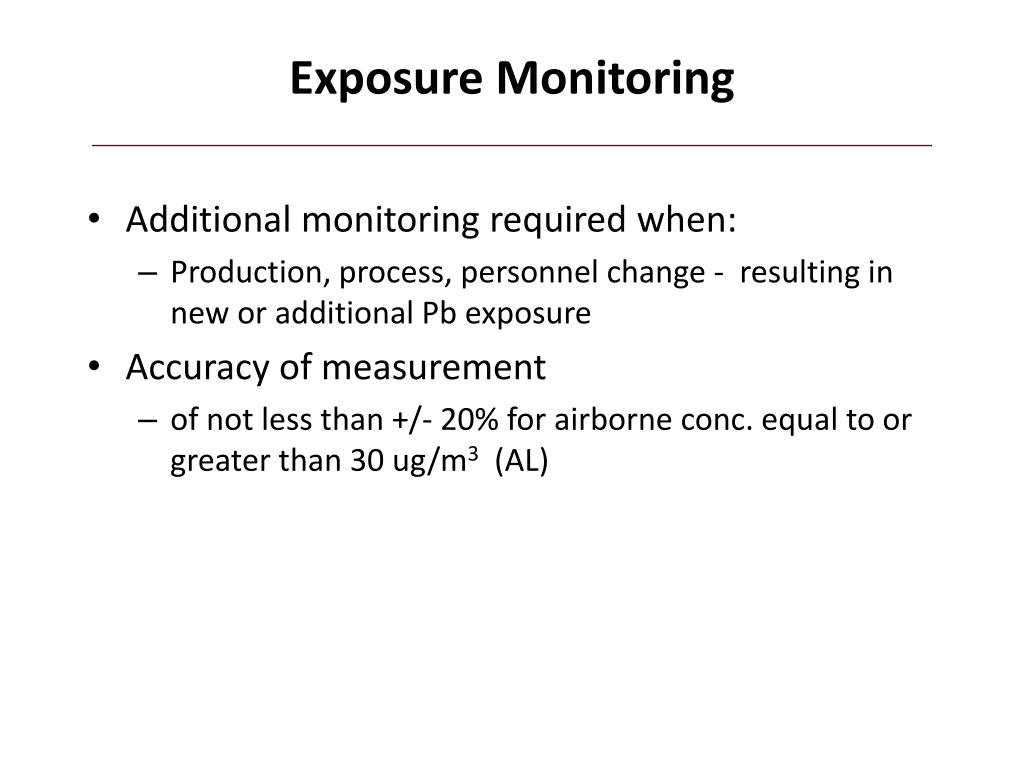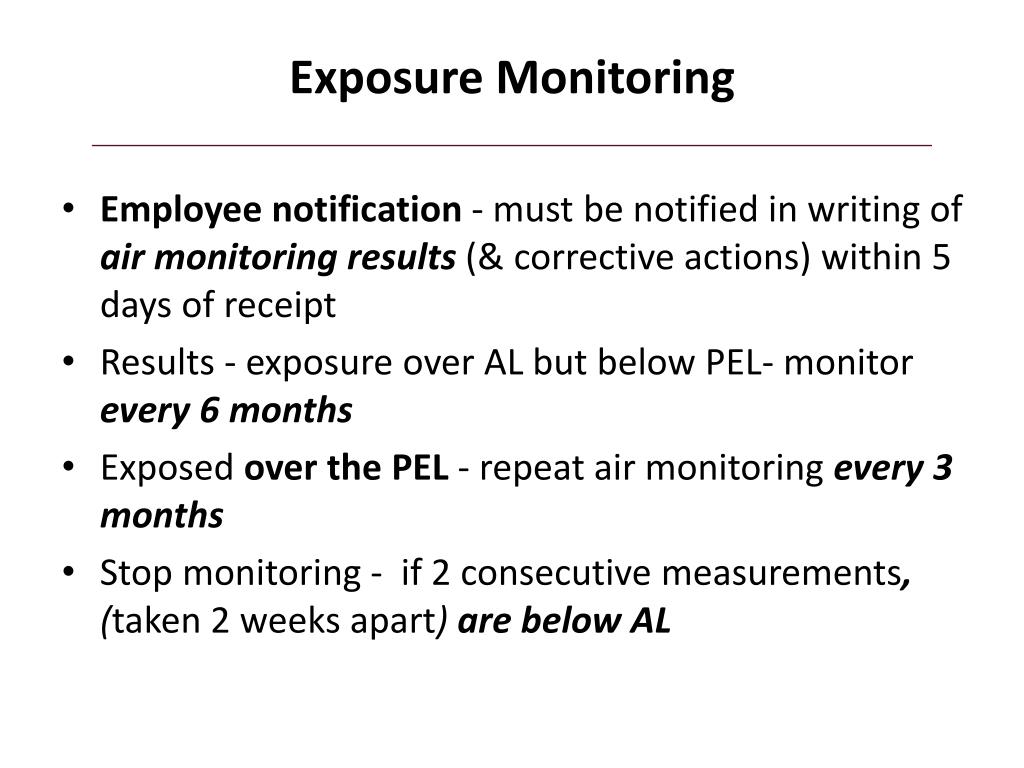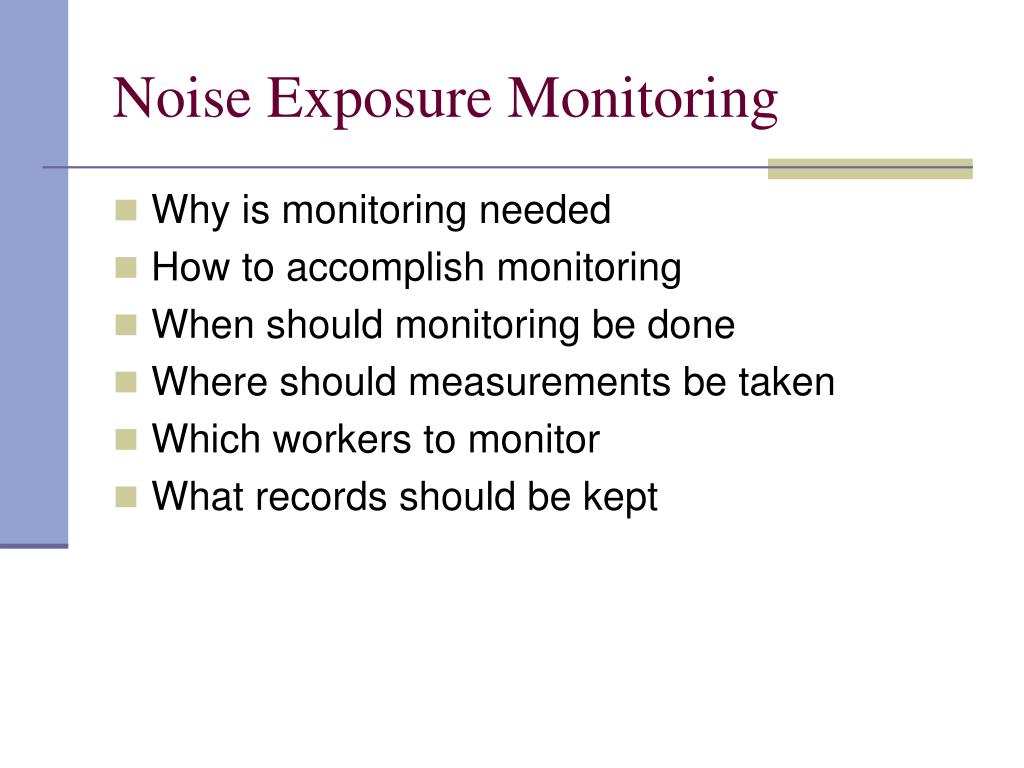Exposure Monitoring Is A Component Of Which Of The Following
.jpg)
A recent surge in regulatory scrutiny and workplace safety concerns has placed exposure monitoring at the forefront of discussions. The crucial question being asked across industries: what exactly is it a component of?
Exposure monitoring is a fundamental component of comprehensive occupational health and safety programs, playing a vital role in protecting workers from hazardous substances. Failing to adequately monitor exposure levels can lead to severe health consequences and legal ramifications.
Understanding Exposure Monitoring
Exposure monitoring involves the systematic assessment of worker exposure to harmful agents, including chemicals, dust, radiation, and biological hazards. This process helps determine the concentration and duration of exposure, enabling employers to implement appropriate control measures.
Data collected through monitoring is compared to established Occupational Exposure Limits (OELs), such as those defined by OSHA, NIOSH, and ACGIH. These limits represent the maximum permissible concentration of a substance to which workers can be exposed without adverse health effects.
Key Components of Health and Safety Programs
Exposure monitoring is intrinsically linked to several critical aspects of workplace health and safety. It's essential for risk assessment, helping identify potential hazards and evaluate the likelihood and severity of exposure. Without accurate monitoring data, risk assessments are inherently flawed.
Furthermore, exposure monitoring is crucial for control measure selection and evaluation. It informs decisions about implementing engineering controls (e.g., ventilation systems), administrative controls (e.g., work practices), and personal protective equipment (PPE). The effectiveness of these controls can then be verified through ongoing monitoring.
Medical surveillance programs also heavily rely on exposure monitoring data. This data helps identify workers at risk of developing occupational illnesses and track the effectiveness of preventive measures. Early detection and intervention are crucial in mitigating long-term health impacts.
Training programs must incorporate information about exposure monitoring procedures and results. Workers need to understand the hazards they face, how exposure is monitored, and how to protect themselves.
Legal and Regulatory Framework
Numerous regulations mandate exposure monitoring in specific industries and for particular substances. The Occupational Safety and Health Administration (OSHA) sets permissible exposure limits (PELs) for a wide range of chemicals in the workplace.
For instance, industries dealing with asbestos, lead, silica, and benzene are subject to stringent exposure monitoring requirements. Failure to comply with these regulations can result in substantial fines and legal action.
The National Institute for Occupational Safety and Health (NIOSH) conducts research and provides recommendations for occupational safety and health standards. While NIOSH recommendations are not legally binding, they often form the basis for OSHA regulations.
State and local regulations may also impose additional exposure monitoring requirements, depending on the specific industry and location. Employers must stay informed about all applicable regulations to ensure compliance.
Practical Implementation
Implementing an effective exposure monitoring program requires careful planning and execution. This includes selecting appropriate monitoring methods, training personnel, and documenting results. Personal sampling, where monitoring devices are attached directly to workers, is a common method for measuring individual exposure levels.
Area sampling, on the other hand, measures the concentration of contaminants in the general work environment. Both methods provide valuable data for assessing exposure risks and evaluating control measures.
The accuracy and reliability of exposure monitoring data are paramount. It's essential to use calibrated equipment, follow established sampling protocols, and analyze samples in accredited laboratories. Quality control measures must be in place to ensure data integrity.
Consequences of Neglecting Exposure Monitoring
The consequences of neglecting exposure monitoring can be severe. Workers may be exposed to hazardous substances without their knowledge, leading to chronic health problems such as respiratory diseases, cancers, and neurological disorders. Delayed diagnosis and treatment can exacerbate these conditions.
Employers who fail to conduct adequate exposure monitoring face legal liability for worker illnesses and injuries. Lawsuits and compensation claims can result in significant financial losses and reputational damage. Moreover, regulatory violations can lead to substantial fines and enforcement actions.
Beyond the legal and financial implications, neglecting exposure monitoring undermines worker morale and trust. Employees who feel that their health and safety are not being adequately protected are more likely to experience stress, anxiety, and reduced productivity.
Moving Forward
Given the critical role of exposure monitoring in safeguarding worker health, employers must prioritize its implementation and continuous improvement. This includes staying abreast of regulatory changes, investing in training and equipment, and fostering a culture of safety.
Ongoing research and technological advancements are leading to new and improved exposure monitoring methods. Employers should explore these innovations to enhance the accuracy and efficiency of their programs.
Regular audits and reviews of exposure monitoring programs are essential to ensure their effectiveness and compliance. These assessments should identify areas for improvement and track progress over time.
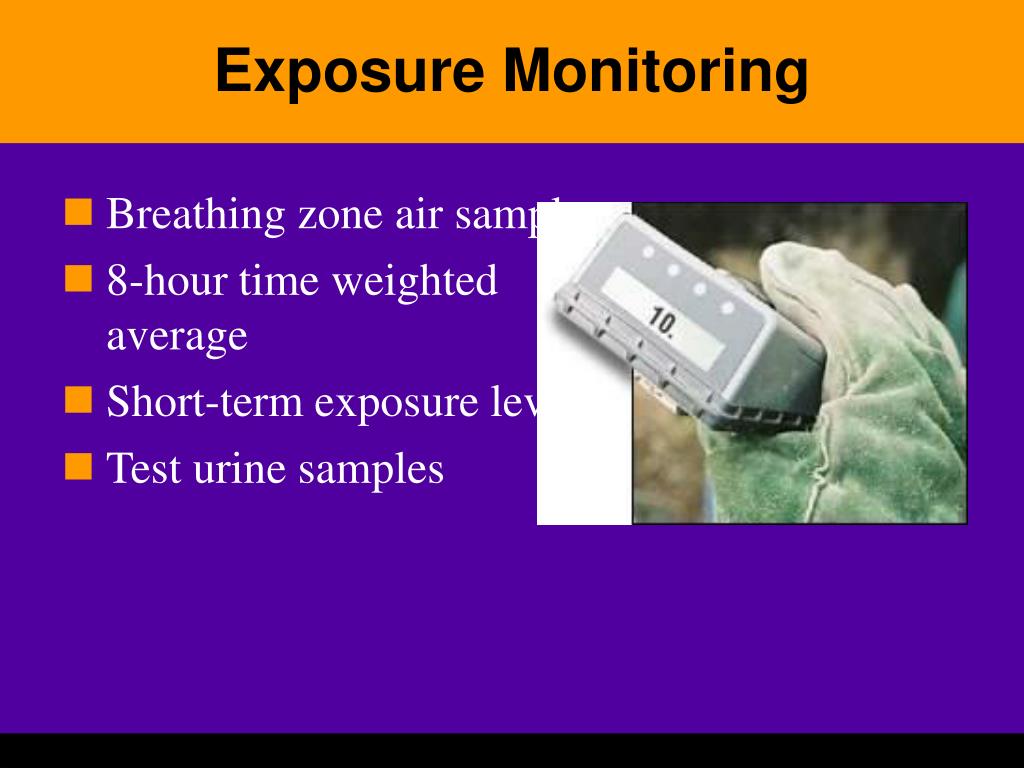
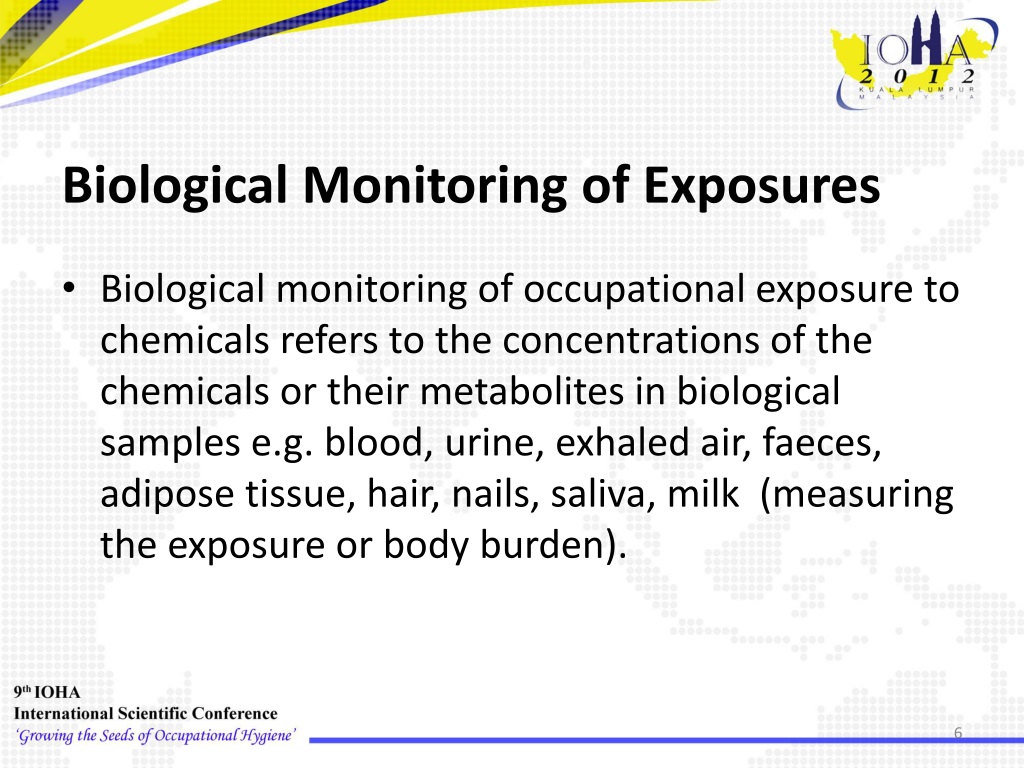
+Exposure+Monitoring+(cont’d).jpg)

+Exposure+Monitoring+(cont’d).jpg)

+Exposure+Monitoring+(cont’d).jpg)

